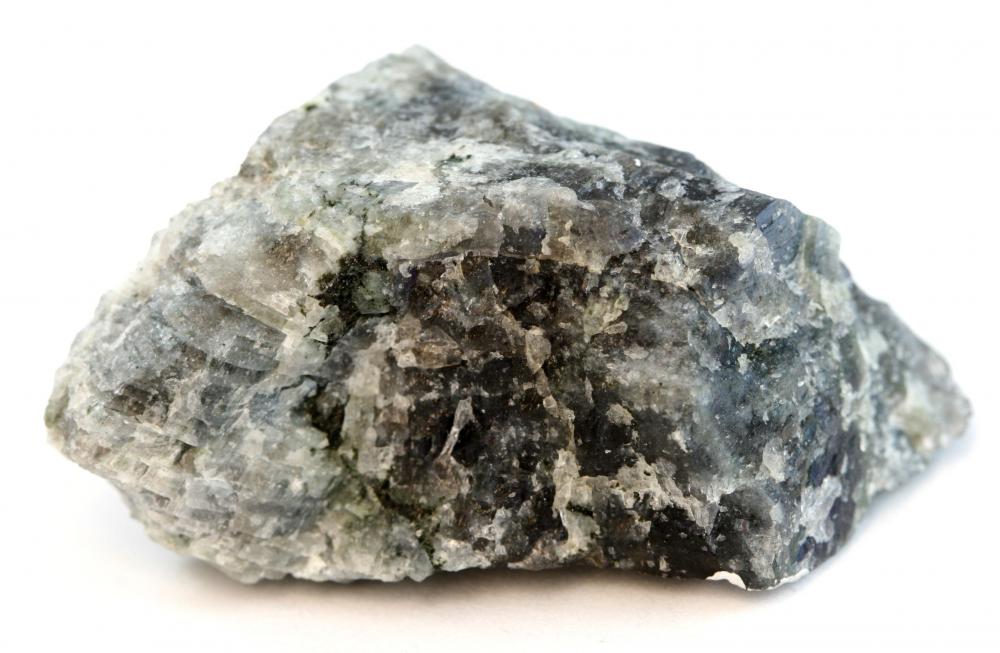At DelightedCooking, we're committed to delivering accurate, trustworthy information. Our expert-authored content is rigorously fact-checked and sourced from credible authorities. Discover how we uphold the highest standards in providing you with reliable knowledge.
What is Enamelware?
Enamelware is the term used for items that have a porcelain enamel finish. Enamel is a type of material that coats another material such as steel or aluminum. Enamel is not only used as a coating for pots and pans, but can commonly be seen in many different applications in kitchens around the world. If you look at your washing machine, cooker and fridge-freezer, they are more often than not coated in enamel.
Although the production of enamelware grew considerably in the 19th century it is an age-old process. It is not known exactly where or when enamel first originated but the process is thousands of years old. The process of making enamelware is very similar to the process of making glass. Electrolytes, metal oxides, water and clay are all used to make enamel. The enamel mixture itself includes feldspar, borax and quartz; these are heated at extremely high temperatures until they become liquid.

A smelter is used to achieve the very high temperature at which the process takes place. The mixture is then poured between two high-pressure rollers, which squeeze out any excess moisture. This leaves strips of glass that is smashed to leave a material called "frit." The frit is then used to coat the base material that will be used. The final procedure is to heat the enamel and the base material in a furnace, which allows both materials to bond together.

Enamelware is generally made of two different types of enamel, Agateware and Graniteware. Agateware is a distinctive type of enamelware because of its particular design. It has multi-colored curves and bands circling the enamel. Graniteware is so called because one of its main components is granite, which gives it a distinct finish and color.
The popularity of enamelware in kitchens is due to the enamel’s strength and heat conductive abilities. Enamelware can be subjected to very high temperatures without cracking or fracturing. A thin coating of enamel will also give it a greater degree of flexibility. The enamel becomes super tough and will not break unless the base material does.
Another benefit of enamelware is that because it is extremely smooth and almost glass-like, it is very stain resistant. Its non-stick surface repels grease and oil, making it very easy to clean. Enamelware's non-porous surface keeps it nearly germ free as well.
There are very few bad points to enamelware goods. Enamel does have a tendency to corrode over a very long period of time if subjected to boiling water or liquids with acidic qualities. Special enamel paints are available that will repair any crack, chip or splinter in your favorite enamelware piece.
AS FEATURED ON:
AS FEATURED ON:












Discussion Comments
Can I make my own enamelware and how?
Enamelware, especially undamaged inside, is safe. It was produced for cooking since about the 1870s.
is enamelware safe? does it have any toxic content?
Yes, I have a large enamel pot with a small hole and am trying to find a way to repair it.
Can a hole be made in enamelware? I'd like to make a sink out of an enameled basin.
Is there a paint or way of repairing chips on enamelware? To the inside but not in contact with the food?
I want to know...is it possible to have a multicolored aluminum enamelware surface?
Post your comments